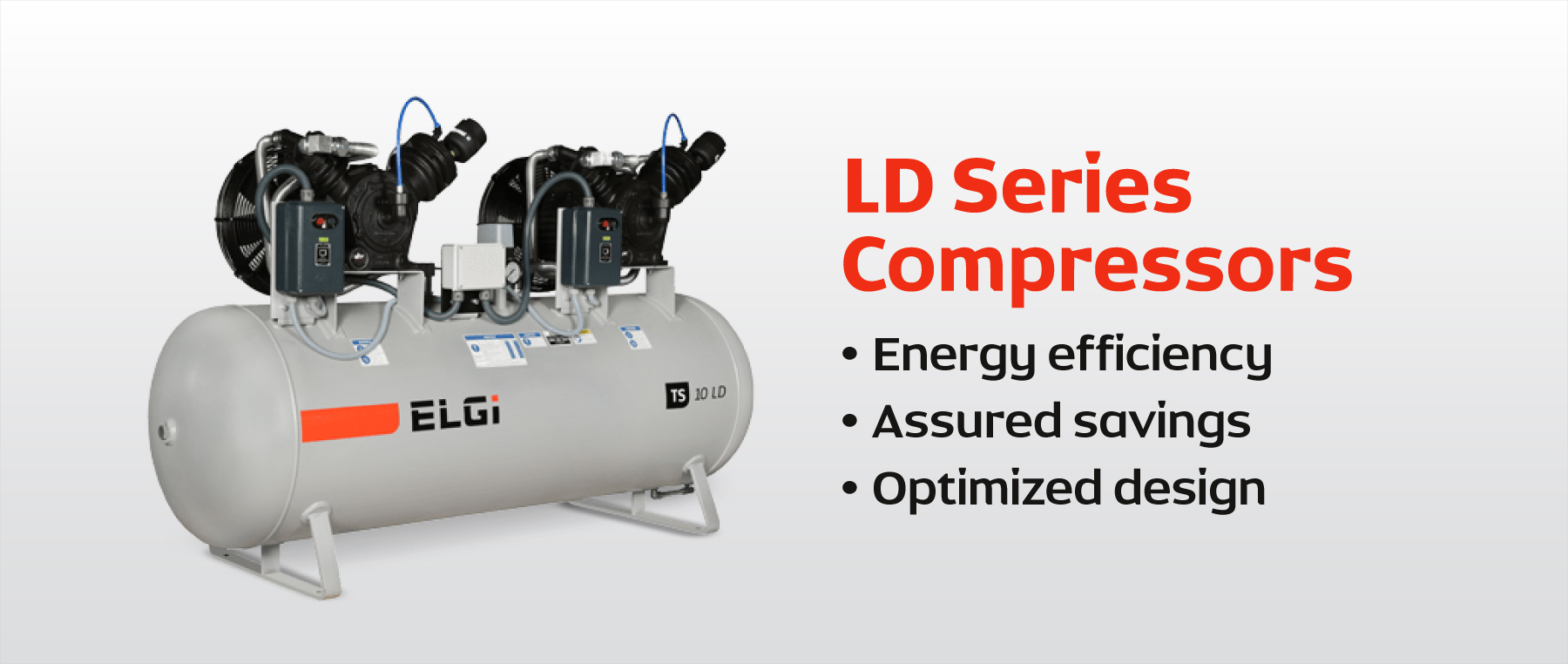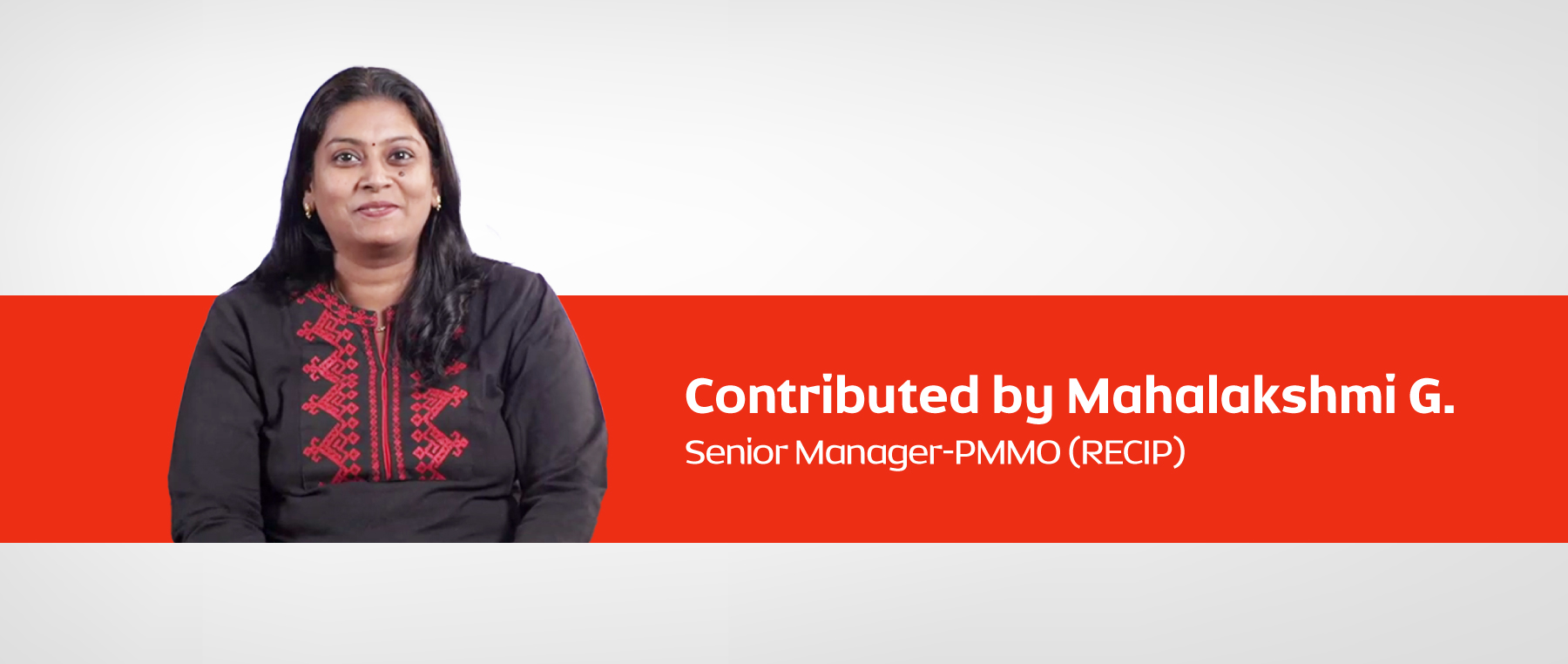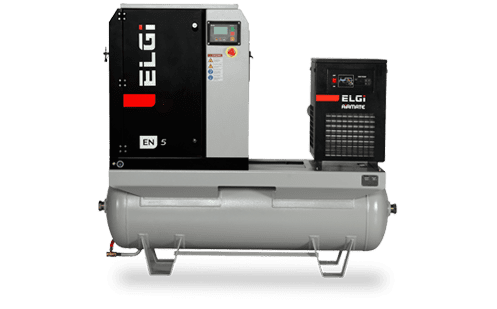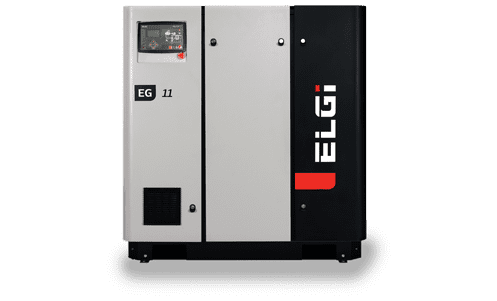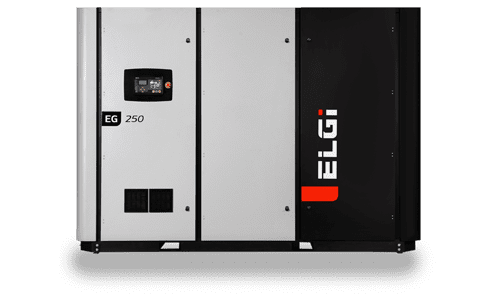How to choose the right piston air compressor? (Belt Drive or Direct Drive)
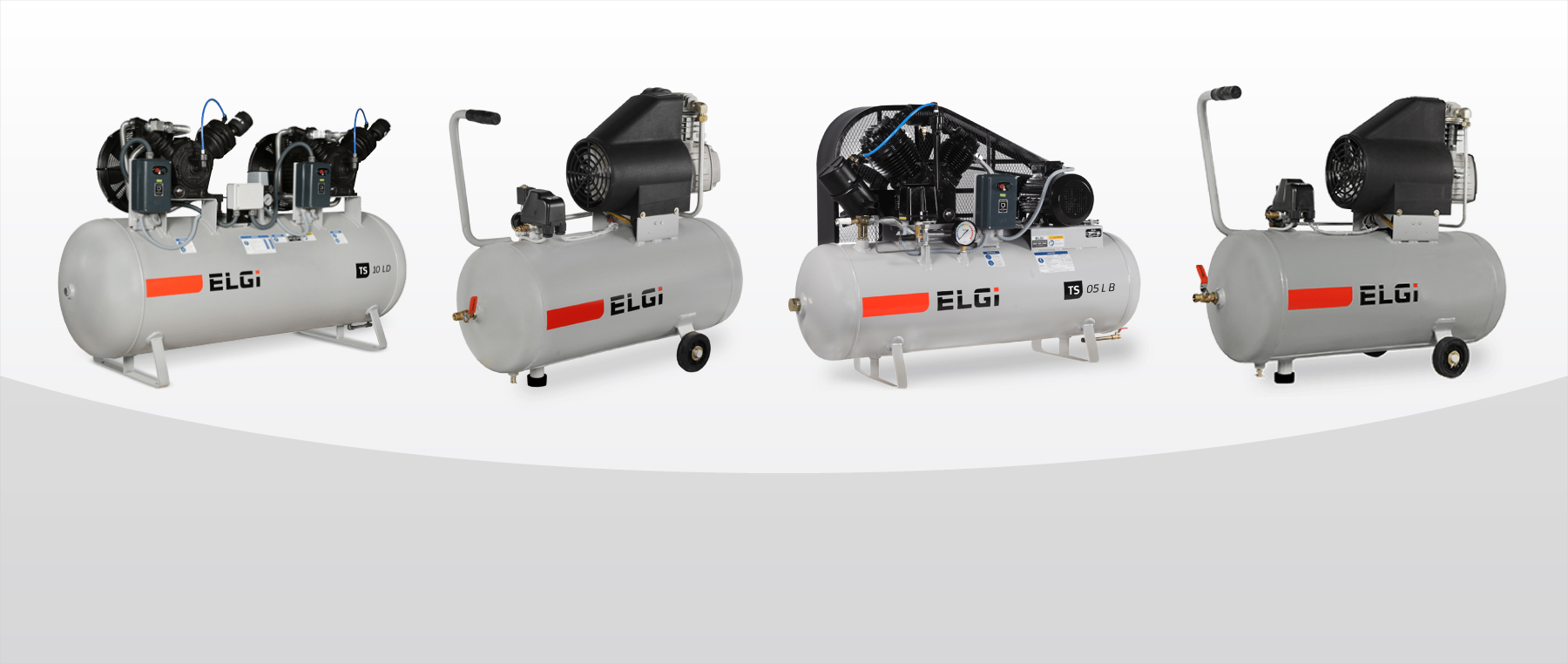
Irrespective of the technology, choosing the right compressor for your application is very critical. This will optimise the performance and save money in terms of energy, maintenance and service.
With piston compressors, there are two alternatives – belt drive and direct drive. To make the right choice for your compressed air needs, it is important to understand the difference between the two.
Understanding the requirement
The requirement for any given application will play a big role while deciding on the type of the piston compressor - belt drive or direct drive.
The factors to be considered are as follows:
- Pressure and Flow
- Duty Cycle and duration of use
- Environment
- Maintenance
- Energy efficiency
The Technology
Belt driven reciprocating compressors are conventional machines, proven for their durability in intermittent usage patterns over the years. On the other hand, direct drive machines are quieter, compact and suit a higher duty cycle with proven reliability when compared to a belt drive.
Please do note that both differ in terms of the “use case” they fit into.
Belt Drive Reciprocating Air Compressor
A belt drive reciprocating air compressor has a belt that connects the motor and the pump. When the motor runs, the belt transfers the power through pulleys to run the pump.
The energy and maintenance costs of these machines are comparatively higher, owing to the transmission system and higher number of touchpoints.
This is why, a periodic check of the pulley’s alignment and the belt tension is required. Improper alignment will impact the motor’s load pattern, thereby increasing the energy cost. This can also result in belt failure due to excessive tension.
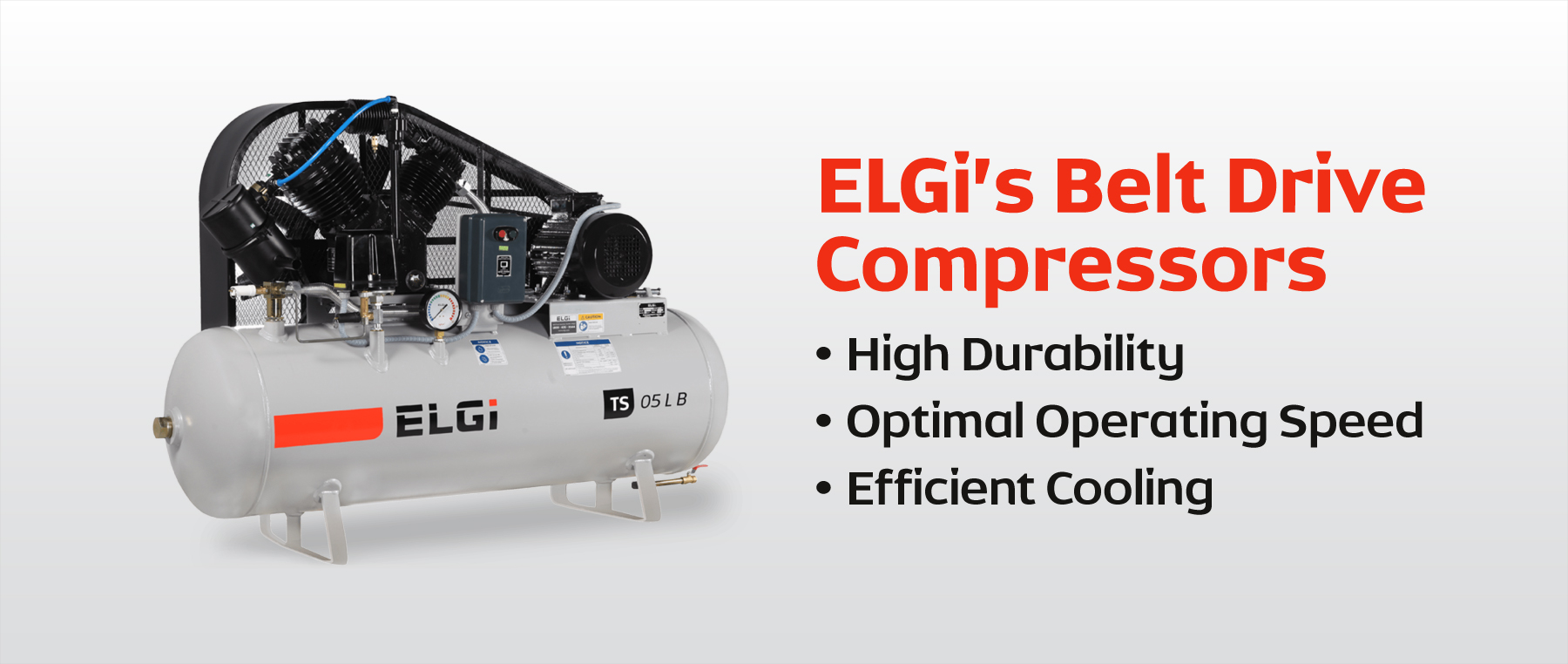
Direct Drive Reciprocating Air Compressor
A direct drive reciprocating air compressor has a crankshaft that is directly connected to the motor, thereby eliminating transmission losses.
Energy Efficient: Since the crankshaft is directly connected to the motor, there is no need to replace the conventional belt drive. As a result, the loss in energy due to the transmission is eradicated.
Minimum Maintenance Cost: Direct drive air compressors have fewer components than belt drive compressors. This is why, they do not require as many part replacements resulting from wear-and-tear.
Lesser Noise: Elimination of belts and pulleys makes the direct drive operate “quietly” as compared to its belt drive counterpart. This is why, they are generally better for environments where noise emissions have to be kept low, such as indoors or residential neighbourhoods.
Compact: As the drive and driven are integrated, the compact arrangement of the machine is an added advantage.
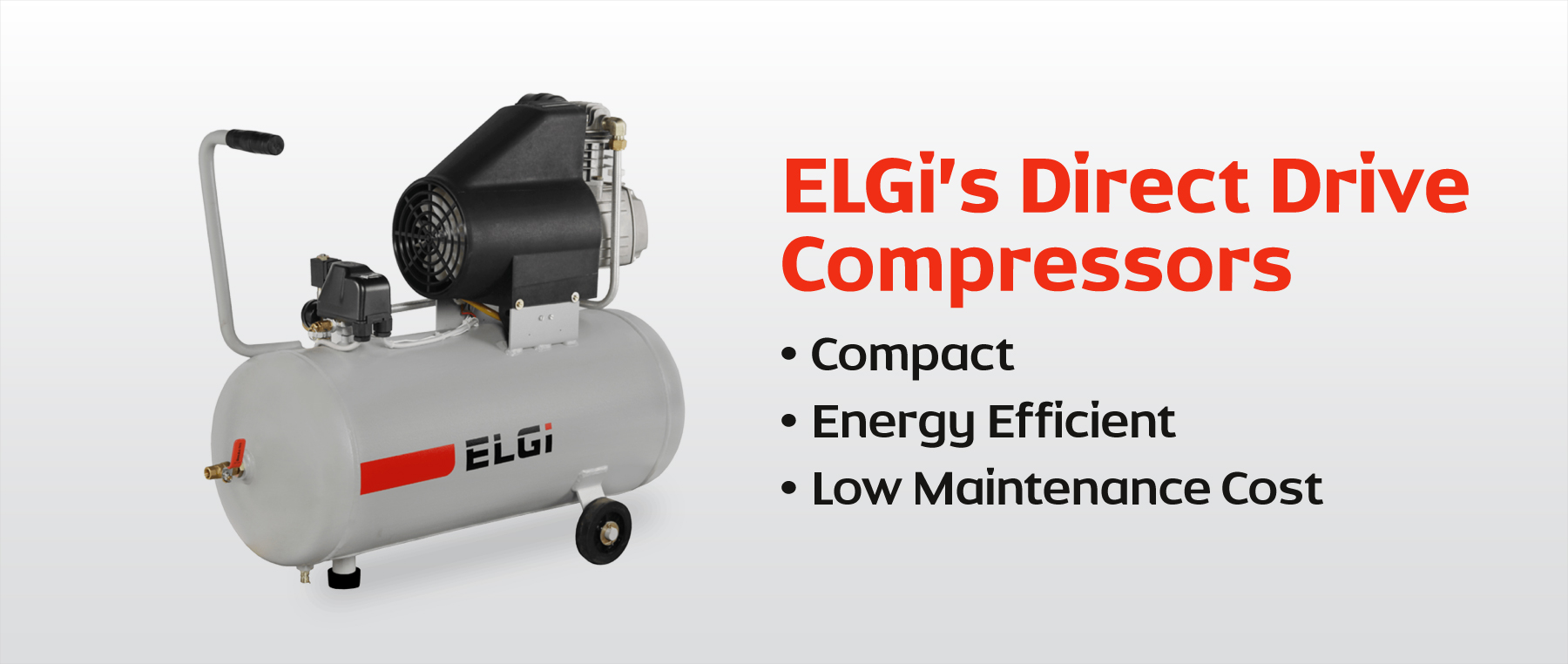
Belt drive or direct drive – What to choose?
If you use compressed air for longer hours and want to keep your energy costs low, then a direct drive model, such as ELGi’s LD Series, is the right choice. In addition to the inherent benefits of the direct drive technology, the LD series also offers more superior value additions such as:
Higher energy efficiency: Apart from ensuring savings due to elimination of transmission losses, ELGi’s direct drive compressors offer
best-in-class flow as compared to any piston compressor in the market, thereby offering higher flow per HP
Eco friendly and minimum maintenance cost: ELGi’s direct drive compressors are assured with the lowest oil fill requirement
Silent: The noise levels of such systems are close to screw compressors
Compact: These piston compressors can fit anywhere with proper ventilation
Flexible: They have a duplex system, which supports varying industry demand, especially in the 10 and 15 HP variants
Reliable: ELGi’s proven parts and robust materials ensure reliability. What’s more, they are backed by ELGi’s Pan India Service support
